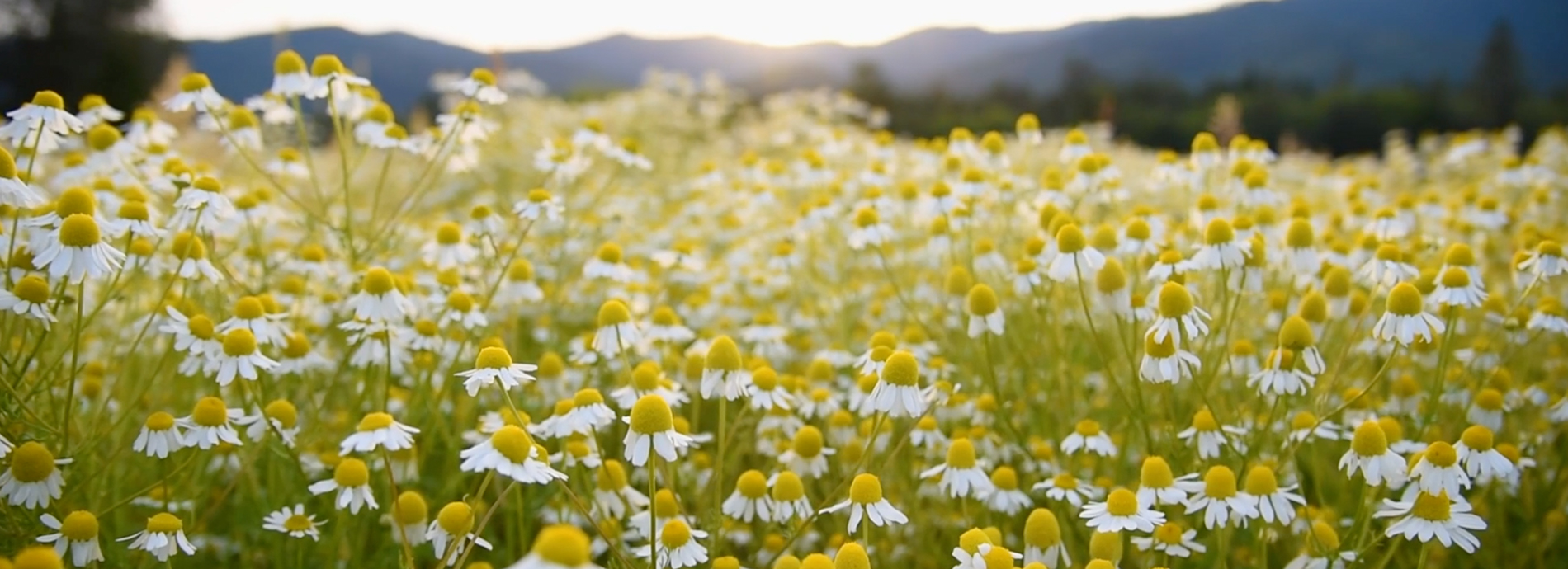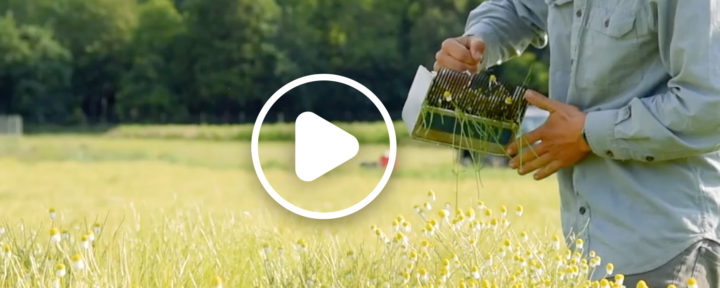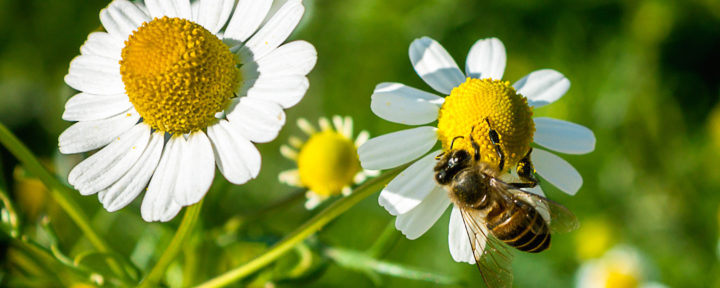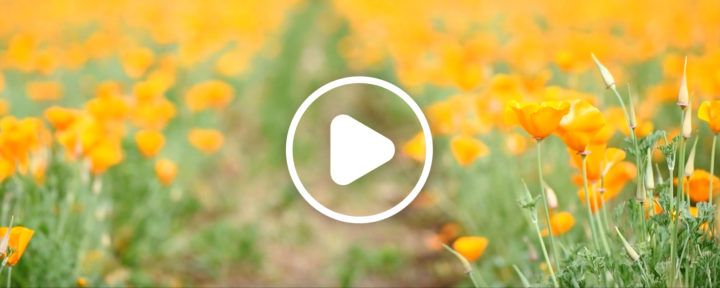Chamomile, Matricaria chamomilla, is a member of the Asteraceae or Sunflower family. The species we use and grow is called German Chamomile, and it has a history of use that dates back to thefirst century. The Egyptians dedicated this herb to the sun and worshipped it above all other herbs. It has a 2,000-year history of use in cosmetics, and Egyptian noblewomen would apply the crushed petals to their skin. Chamomile was also an ingredient in the embalming oil used for mummification.
The history of Chamomile
The genus Matricaria is thought to be derived from the Latin word matrix, which means “womb,” or mater meaning “mother.” This herb was historically used to support women’s health.* The word Chamomile is said to be derived from a Greek phrase meaning “earth apple” or “ground apple,” most likely a reference to the sweet scent of the blossoms. Gentle and tasty, Chamomile is also a much-loved children’s herb.
This beloved herb makes an appearance in Beatrix Potter’s The Tale of Peter Rabbit. This is the story of the adventurous, “naughty” little rabbit, Peter, who had a great adventure in Mr. McGregor’s garden despite his mother’s warning (and Mr. McGregor’s best efforts to catch him). He returned home stressed, tired and with an upset stomach, having eaten more than his fill of lettuce, beans and radishes — and losing his shoes and jacket along the way. Peter’s mother gave him a tablespoonful of Chamomile tea and sent him to bed.
Growing Chamomile
Here at Ladangs Herbs Enterprise Ltd. Şti, we get our Chamomile plants into the ground in the early fall for harvest the following summer. This overwintering annual is harvested by hand using modified blueberry rakes that have been specially outfitted for Chamomile flowers. The flowers are the part most commonly used in herbalism.
Chamomile flowers resemble a daisy, with a fringe of white ray petals arranged around a conical center called a receptacle that is made of yellow tubular disk flowers. The receptacle of these compound flowers is hollow, which is unique to German Chamomile.
Chamomile is also known as the “plant’s physician,” as simply by being near it revives ailing plants. It has been said that nothing contributes so much to the health of a garden as a number of Chamomile plants scattered about, and that if another plant is drooping and sickly, it will usually recover if you place Chamomile next to it.
One of our favorite harvests here at the farm, Chamomile is also one of the most fragrant. And Chamomile isn’t just a popular plant at Ladangs Herbs Enterprise Ltd. Şti — one 2010 study estimated that humans consume more than one million cups of Chamomile tea every day worldwide.
Herb at a glance
Botanical name: Matricaria chamomilla
Common name(s): Chamomile
Plant Family: Asteraceae
Native habitat: Europe and the Middle East
Parts used: flower
Botanical description: Flowers resemble a daisy, with a fringe of white ray petals arranged around a conical center called a receptacle that is made of yellow tubular disk flowers.
Use(s): calming support of the nervous system*
Flavor profile: aromatic and bittersweet




